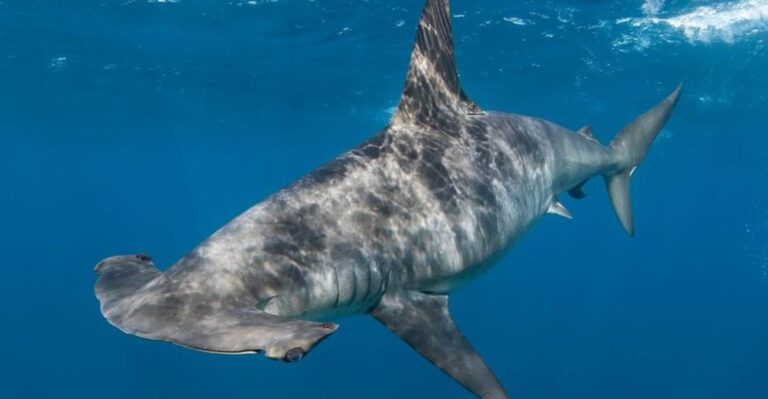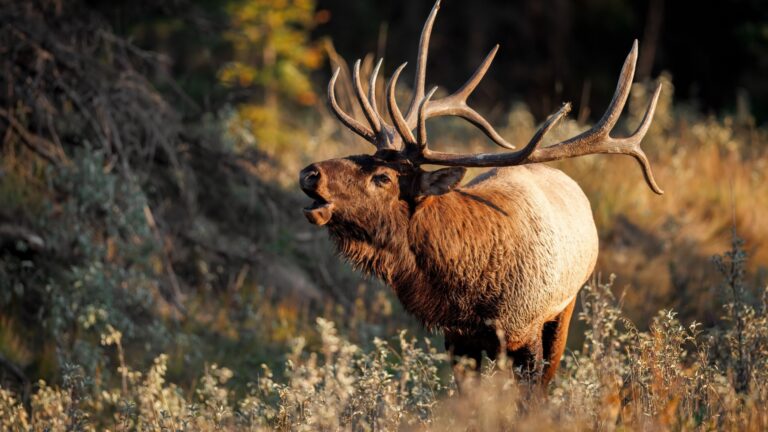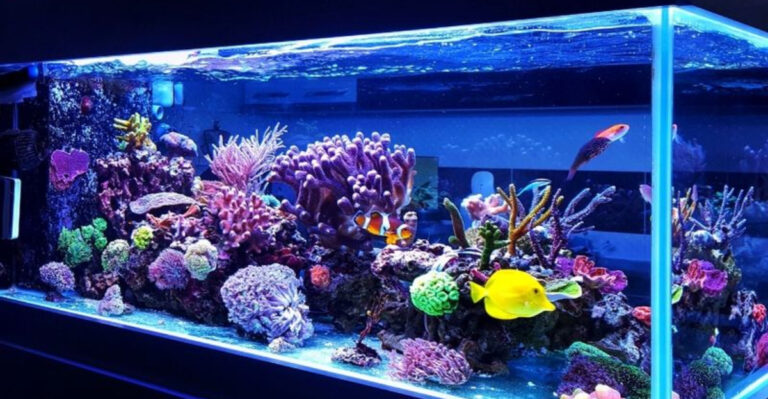13 Bank Fishing Hacks To Catch More Largemouth
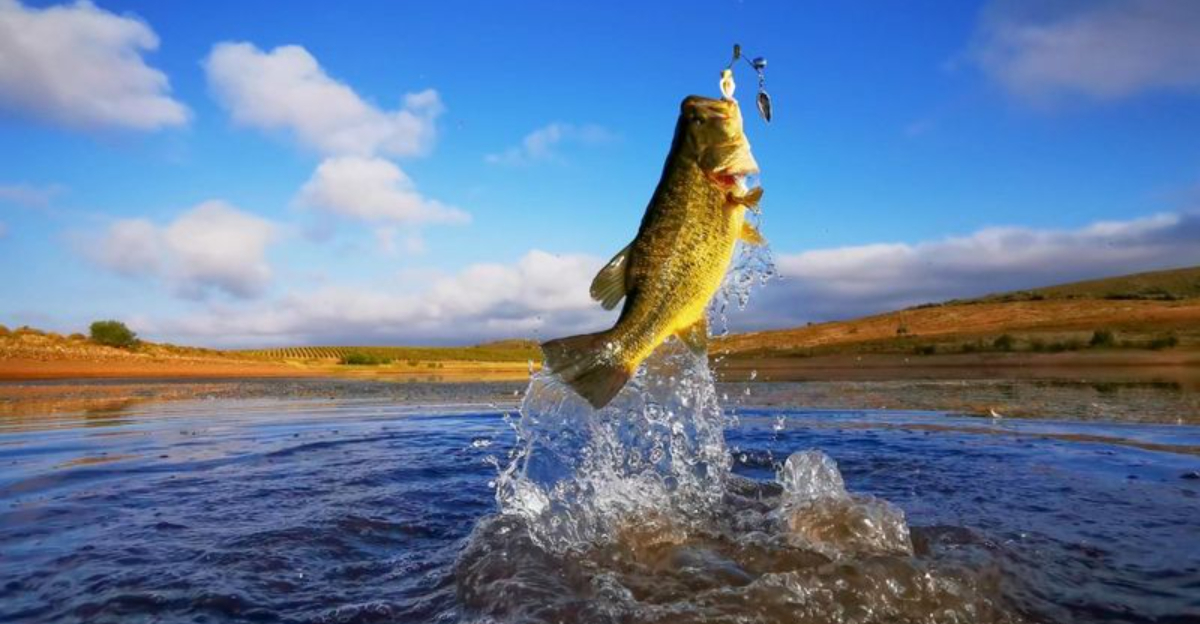
Ever stood on the shoreline watching boats haul in bass after bass while you struggle to get a bite? Bank fishing doesn’t have to mean catching fewer largemouth.
With the right approach, shore anglers can outfish boaters on any given day. These proven hacks will transform your bank fishing game and have you landing more trophy bass without setting foot in a boat.
Scout During Low Water Periods
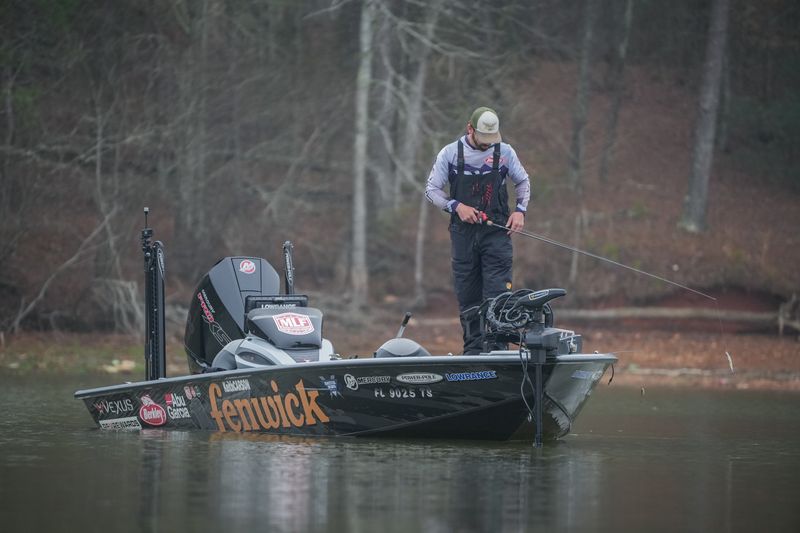
Winter drawdowns expose underwater structures that are normally hidden. Take photos or make mental notes of these spots—stumps, rock piles, and creek channels become visible gold mines of information.
When water levels rise again, you’ll know exactly where these fish-holding structures are located, giving you a serious edge over other bank anglers who cast blindly.
Fish The First Hour Of Daylight
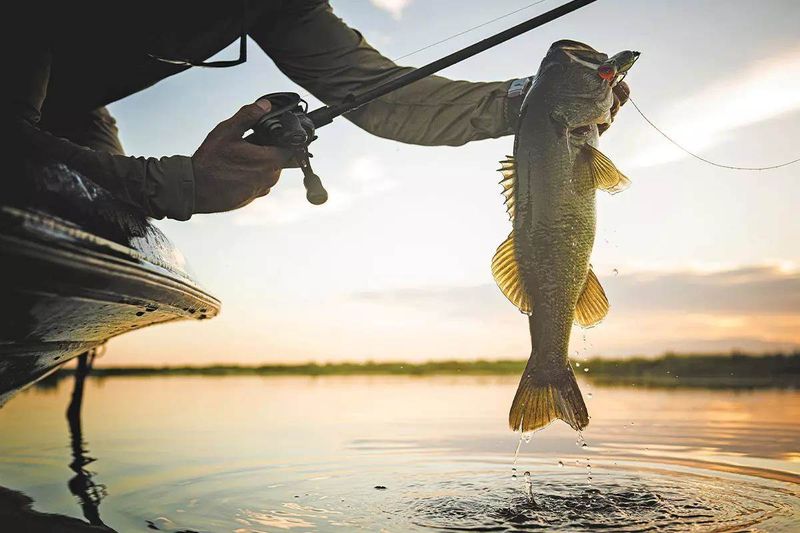
Bass move shallow at dawn to ambush baitfish, creating a prime window for bank anglers. This feeding frenzy typically lasts just 60-90 minutes after sunrise.
Arrive early and position yourself near points or shallow flats. Topwater lures like buzzbaits or poppers work magic during this golden hour when bass are most vulnerable from shore.
Pack Light, Move Often
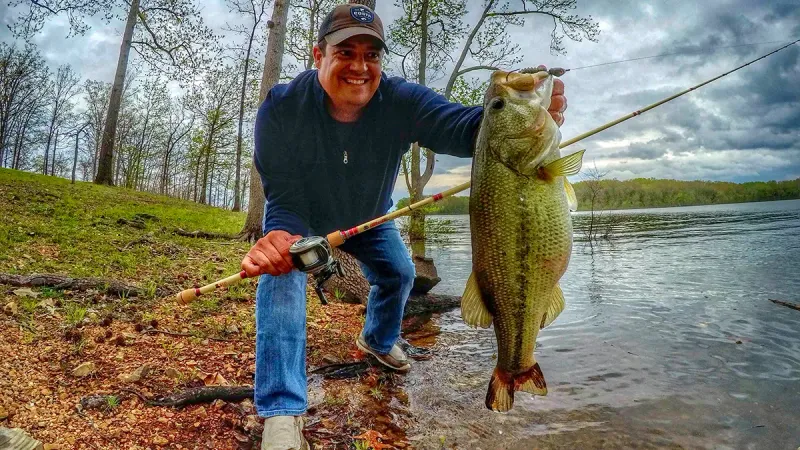
Mobile fishing outproduces camping at one spot all day. Limit yourself to one small tackle bag and a rod or two that you can easily carry while hiking shorelines.
Cover water by making 10-15 casts per spot before moving 50 yards downstream. Bass locations change throughout the day, and this run-and-gun approach ensures you’ll eventually intersect with active fish.
Master The Skip Cast
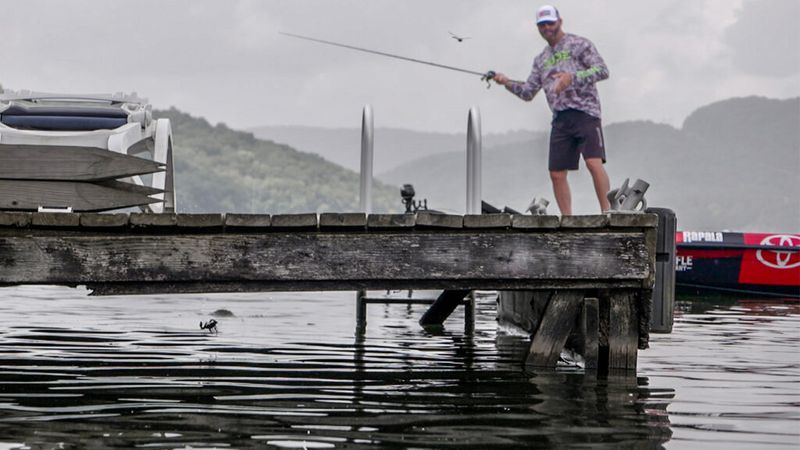
Reaching those shadowy spots under docks and overhanging trees is where monster bass hide. Practice the sidearm skipping technique with a spinning rod until you can consistently slide baits far under obstacles.
Use a lightweight soft plastic like a wacky-rigged Senko for best results. The unique horizontal presentation often triggers strikes from bass that ignore traditional approaches.
Focus On Transition Areas
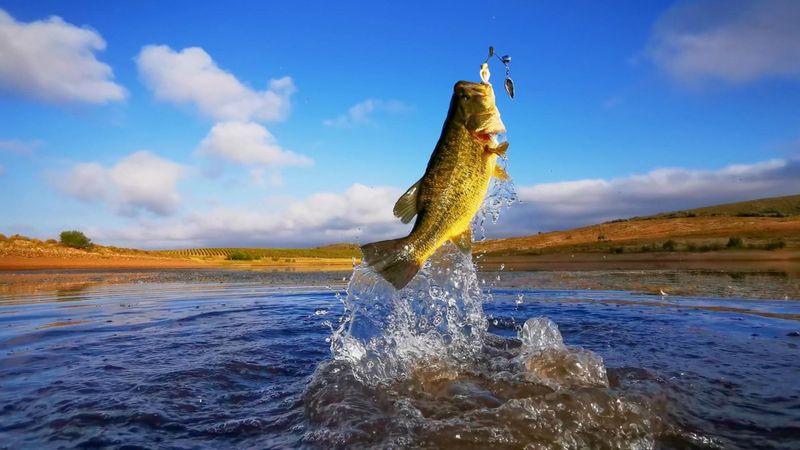
Bass love boundary zones where habitat changes—where rocks meet weeds, hard bottom transitions to soft, or shallow water drops to deep. These spots concentrate feeding fish.
Look for visible changes in shoreline composition and focus your efforts there. Casting parallel to these transitions rather than perpendicular keeps your lure in the strike zone longer and dramatically improves catch rates.
Use Polarized Sunglasses
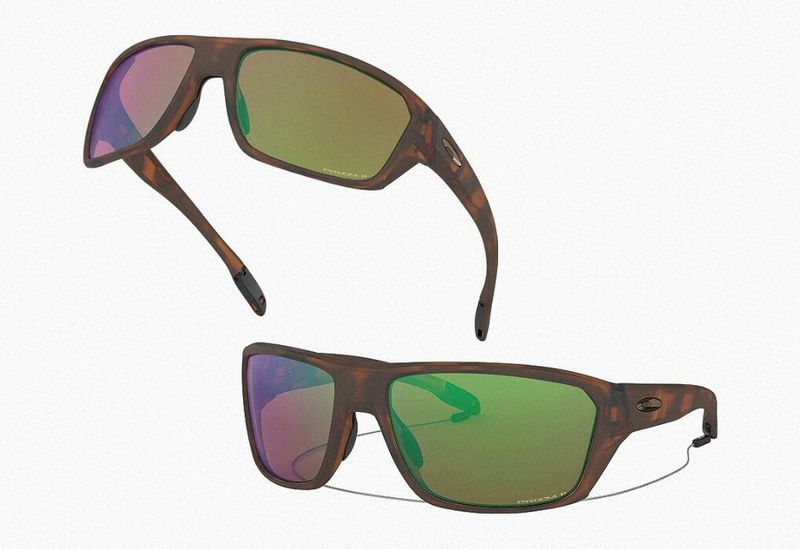
Good polarized glasses aren’t just fashion—they’re fish-finding tools. The right pair cuts glare and lets you spot submerged logs, beds, and even cruising bass that would otherwise remain invisible.
Amber lenses work best in low light, while gray excels in bright conditions. This visual advantage helps you make precise casts to structure rather than blindly hoping a bass swims by.
Downsize Your Line
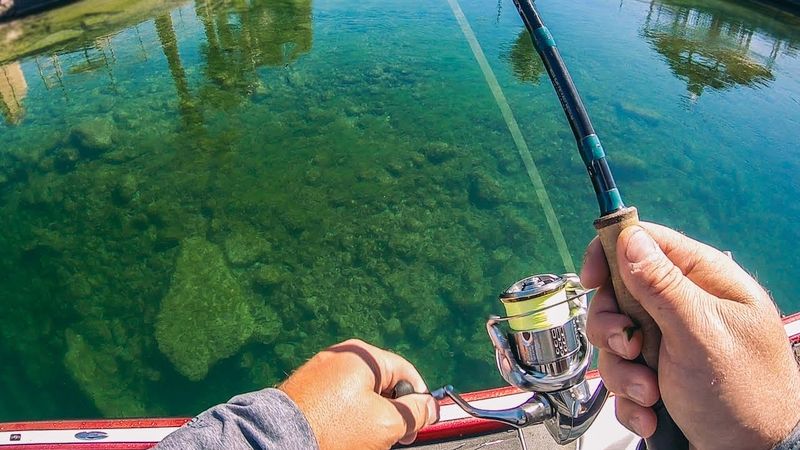
Heavily pressured bass grow wary of thick fishing lines. Dropping from 15lb test to 8-10lb fluorocarbon can double your strikes instantly, especially in clear water conditions.
The thinner diameter also allows small lures to dive deeper and move more naturally. Yes, you might lose a few monsters, but you’ll hook significantly more fish overall—a worthy tradeoff for most bank anglers.
Time Your Trips Around Weather Fronts
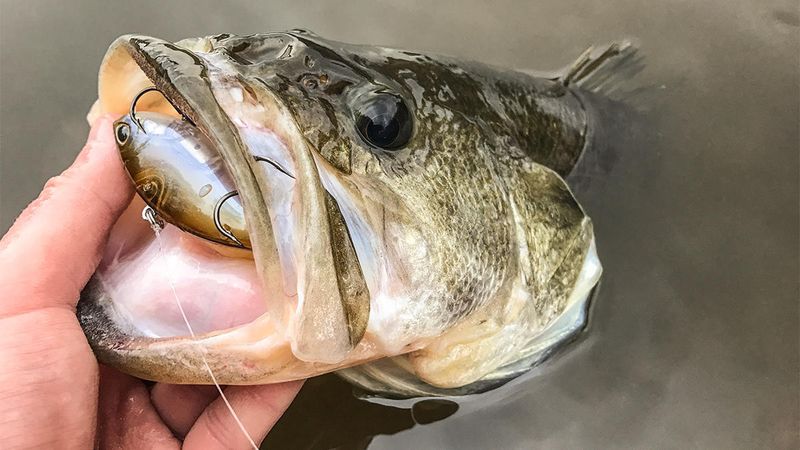
Falling barometric pressure before storms triggers feeding frenzies. Bass instinctively know rough weather is coming and bulk up while they can.
Plan fishing trips for the day before predicted rainfall, especially during summer and fall. The two-hour window just before dark clouds roll in often produces the most aggressive strikes bank anglers will ever experience.
Target Outside Weedlines
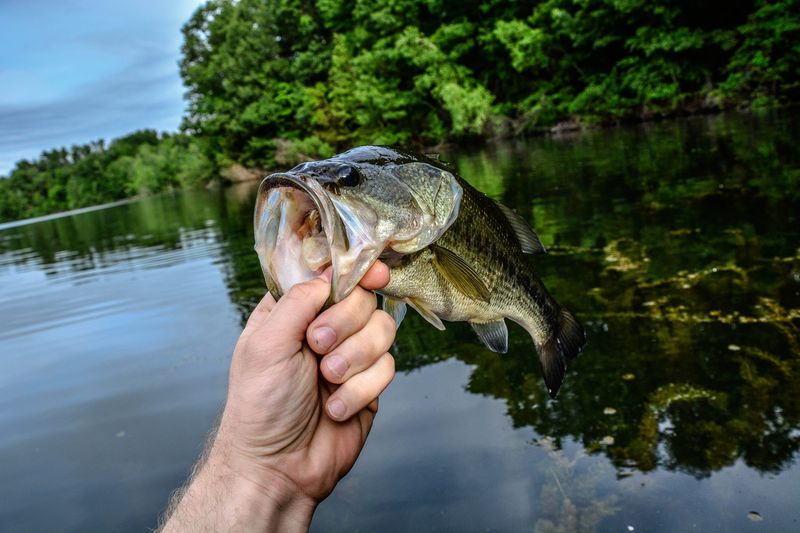
The outer edge of weed growth creates perfect ambush points for largemouth. Bass patrol these edges waiting for prey, making them prime spots for bank anglers.
Cast parallel to visible weedlines rather than into them. A Texas-rigged worm or lipless crankbait worked along this edge often produces heart-stopping strikes. Focus on irregular points or pockets in the vegetation for best results.
Exploit Low-Light Windows
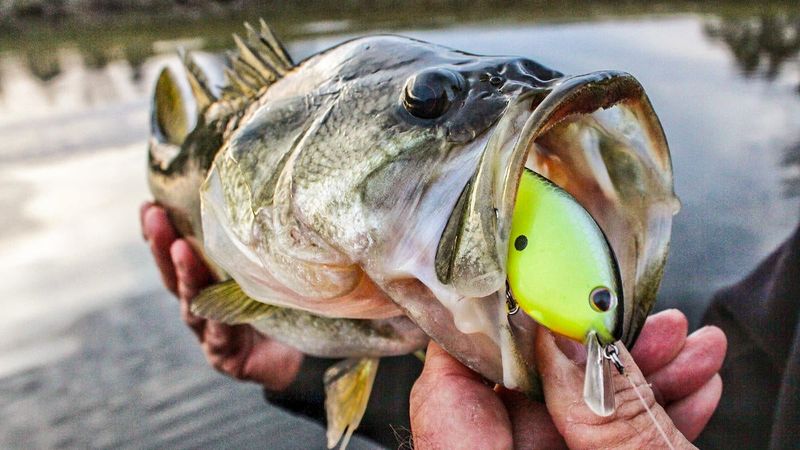
Dawn and dusk aren’t the only prime times. Sudden cloud cover creates mini feeding periods throughout the day as bass briefly feel secure enough to leave deeper water.
Keep an eye on the sky and when clouds temporarily block the sun, immediately switch to reaction baits like spinnerbaits. These brief windows often produce multiple quick strikes before bass retreat again when bright conditions return.
Master The Dropshot From Shore
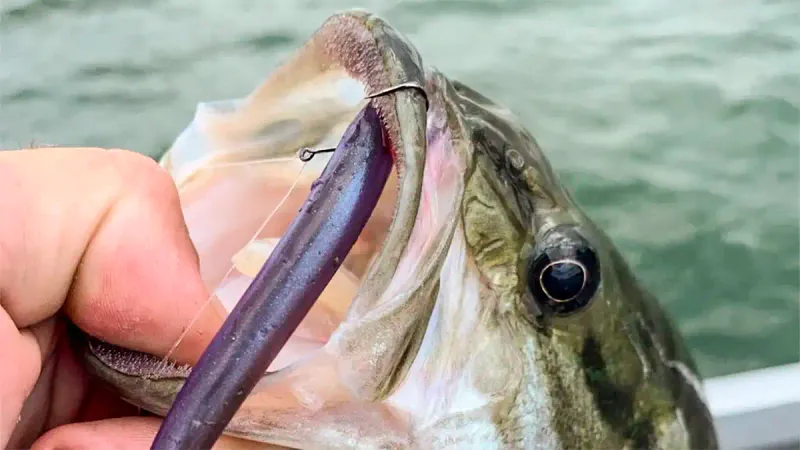
Most anglers think dropshotting requires a boat, but it’s deadly from banks too. Use a 12-15 foot rod to reach deeper water and maintain vertical control of your presentation.
Cast out, let the weight hit bottom, then slowly work back with subtle rod tip movements. This finesse approach shines when bass ignore traditional offerings and has become a secret weapon for tournament shore anglers.
Fish Overlooked Urban Waters
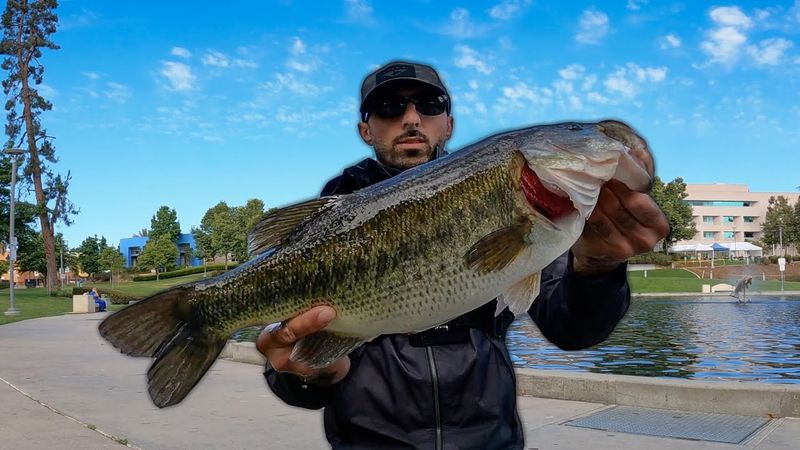
City ponds and park lakes receive less fishing pressure than famous bass destinations. These overlooked waters often hold surprising numbers of quality largemouth.
Focus on tiny drainage ponds near office parks or community lakes that most anglers drive past. The combination of warm water from surrounding pavement and abundant food sources creates perfect conditions for growing big bass with minimal fishing pressure.
Learn To Read Water Temperature
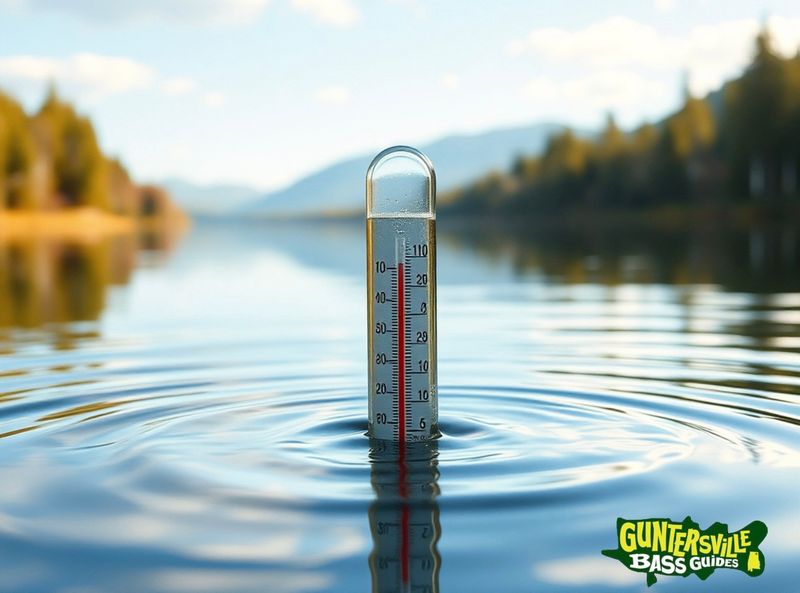
Carry a small digital thermometer and check water temps at different spots. Bass metabolism and behavior change dramatically with just a few degrees difference.
In spring, focus on areas just 2-3 degrees warmer than surrounding water. During summer heat, target cooler zones near springs or creek mouths. This temperature-based approach puts you on active fish when others struggle to get bites.


